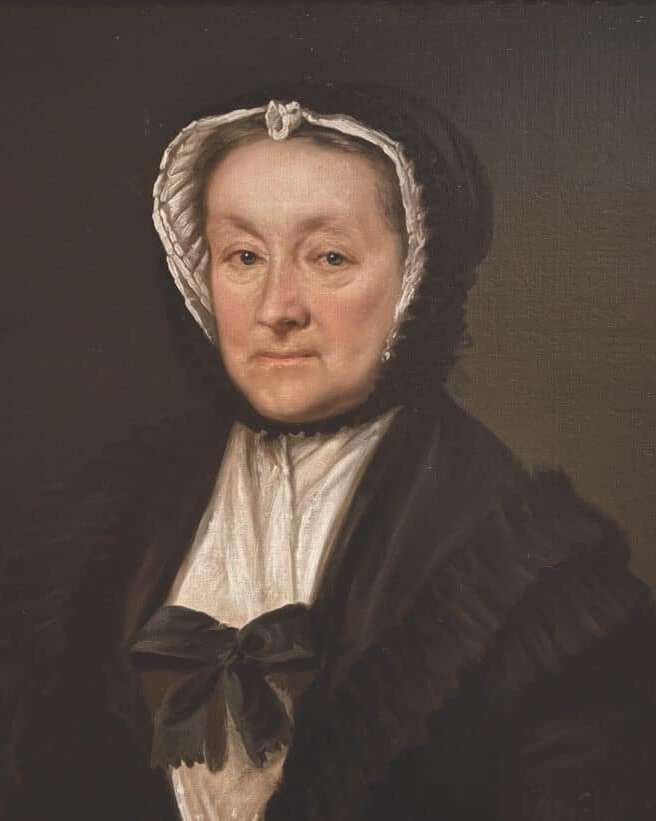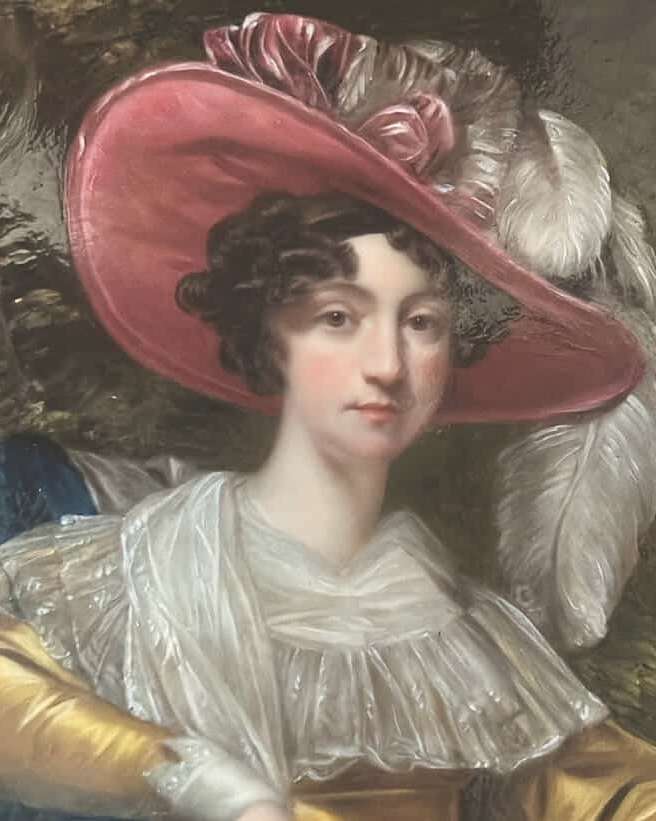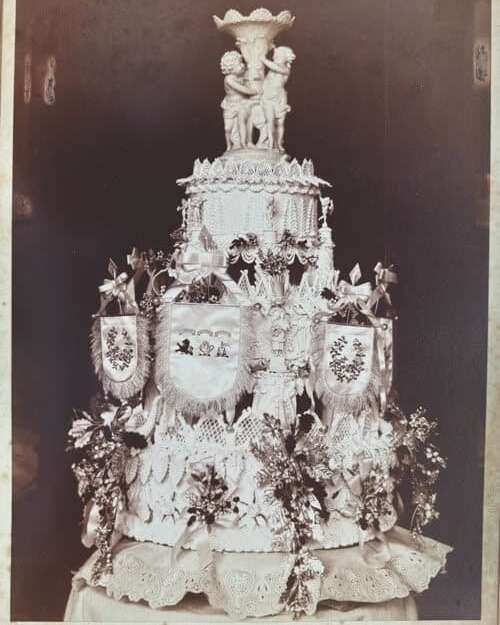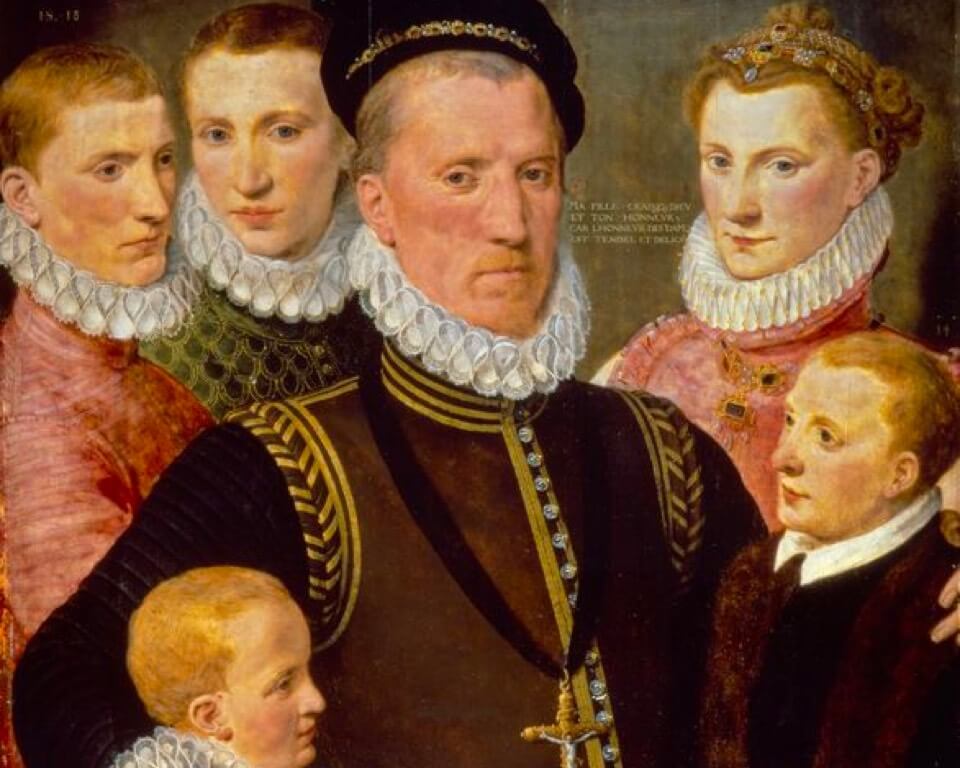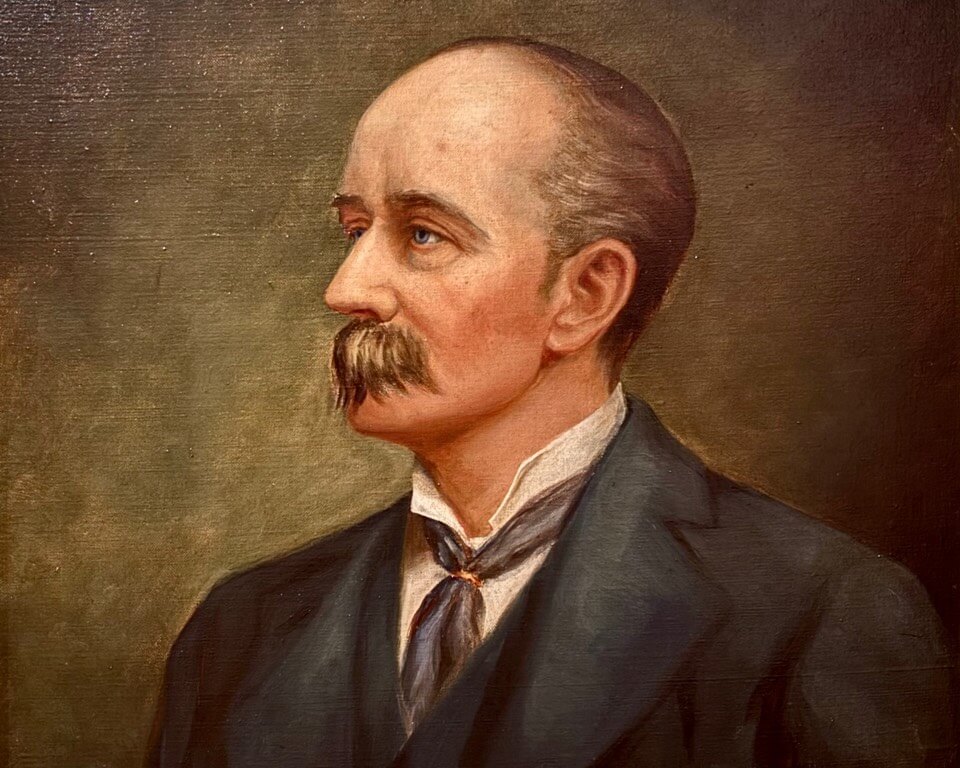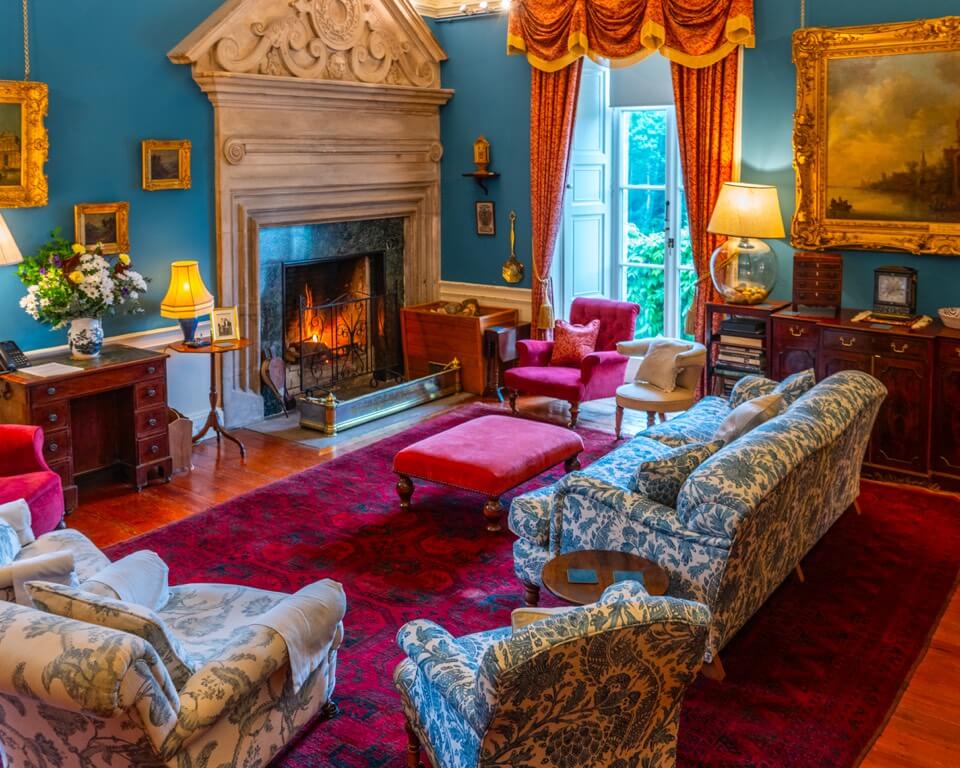Local Benefactors
Hamilton Nisbets at Winton
When Winton was confiscated from the Setons after their involvement in the 1715 Jacobite Uprising, it was sold by the Crown to the York Buildings Company. They were primarily interested in coal, developing mining in Tranent. When they went bankrupt in 1779, the castle was sold to Mary Hamilton of Pencaitland. Married to William Nisbet of Dirleton, their combined ancestry involved over twenty families whose intertwined histories pre-dated even the Setons.
Mary gave Winton to her second son, Colonel John Hamilton, who built the northern and western extensions to the mansion house. Unfortunately, he died in 1804 before work was finished. Winton was then inherited by his niece, Lady Ruthven. She invested locally, providing a park and school in Easter Pencaitland c1870, and building the village of New Winton to provide improved housing for tenants.
Constance Hamilton Nisbet
Lady Ruthven died in 1885, leaving Winton to her cousin, Constance Hamilton Nisbet. Constance married Henry Ogilvy, younger son of Sir John Ogilvy, 9th Baronet of Inverquharity, in 1888. Owning six estates between them – Winton, Biel, Archerfield, and Innerwick in East Lothian, Baldovan near Dundee, and Bloxholm in Lincolnshire – the couple settled down to life involved in these estates and interested in local affairs and people.
They helped provide water supplies for Dunbar and Gullane, and assisted in the development of Gullane, including Muirfield and Gullane golf courses. They were involved in building Episcopal churches and maintaining the parish ones. Their social life was considerable with house parties, balls, garden parties and concerts. Hospitality was extended to many – a total of 3600 attended the Jubilee parties on her Scottish estates – from all walks of life.
After Henry’s death in 1909, Constance lived quietly at Winton, although still interested in her other estates. When she died in 1920, many tributes were paid to her generosity, to her support of the church, to her accomplishments, and to her interest in local affairs. The parish minister of Pencaitland said …

Constance left the estates of Biel and Archerfield to Lt Col JP Nisbet Hamilton Grant, and Winton and Pencaitland to her nephew, Gilbert Ogilvy.

The Hamilton Nisbets Board
You can see the story of the Hamilton Nisbets from 1676 to 1888 by clicking on the link to the History board.
Grand Designs
Colonel John Hamilton enlarged Winton Castle with the help of the local architect, John Paterson. He was colonel of the East Lothian Fencibles, a regiment who exercised their horses above Wintonhill Farm. He married Janet Dundas of the ruling political family from the nearby estate of Arniston.
They are remembered together with plaques in Pencaitland Kirk, showing the degree of affection held for them within the locality.
Presumably they lived nearby at Pencaitland House and intended Winton to be their main home. John’s neo-gothic additions on the north and west sides, however were left incomplete when he died in 1804, leaving Winton to his sister Mary Campbell.
The Estate passed to her daughter, also Mary, who married James, Lord Ruthven (also of Nisbet descent). Throughout this time, however, the castle would at best have been only a second home, just as it had been for all the previous seven centuries.
Lady Ruthven: Builder and Benefactor
By all accounts, Mary Hamilton Campbell, Lady Ruthven, was a local character. She was possibly the first person to live at Winton permanently as the laird. Most of the older buildings of the east side of Pencaitland date from her time or her uncle’s and the village of New Winton was built by her to replace houses (or hovels) which were falling down within the grounds of Winton Castle.
She built a new school, though improvements to heating technology were not foremost in the design. The park next door was gifted to those in the parish for a playground ‘for the games of Football, Cricket and others…and the Bowling Green… for the Pencaitland and Winton Bowling Club’ in 1884, just four years before she died.
She was fondly remembered by the community with whom she had made great links during her time, possibly making the largest impact of any Winton Laird including the Setons. She left no children and Winton was left to her cousin, Constance, the great-grand-daughter of her other uncle, William Nisbet Hamilton of Biel.
Three Ladies
Each of Constance Nisbet Hamilton’s names represented a property with a house or a castle (or both) and a family lineage whose members had helped to shape the political map of both Scotland and the British Empire.
Her mother may have been described mockingly as a grand dame; she had married Robert Dundas, grandson of Robert Dundas of Arniston and great nephew of Lord Melville. As with Constance, Mary’s inheritance came principally from her mother, a repeating pattern in Winton’s history.
The story of Constance’s grandmother is the subject of several books, for she was amongst the most fascinating characters of her time. She was Mary Nisbet Hamilton and although not directly linked with Winton, her influence was felt on the Estate, as it was wherever she went.
Mary was two years old when Winton was bought by her grandmother for her uncle John Hamilton. She grew up at Archerfield and by the age of twenty-one, was described as being dark, lively and with a shapely figure. She played the pianoforte, loved reels and was the centre of attraction amongst Edinburgh society.
She was heir to a fortune not just from her father, William, but also from her mother, Mary Manners, daughter of the 2nd Duke and Duchess of Rutland. It was no surprise that she became noticed by the aspiring diplomat Thomas, 7th Earl of Elgin.
Marriage to an Ambassador
Elgin was a direct descendant from Robert the Bruce. He was a nobleman with a promising career, in which he negotiated with emperors and kings. He was polished, well educated and a member of the House of Lords.
Like Mary’s father who had improved Archerfield and added to the house with the help of Robert Adam, Lord Elgin was improving his estate at Broomhall in Fife and was intent on building a fine mansion. The match was one with extraordinary prospects when they married in 1799.
Elgin was offered the post of Ambassador to Turkey. On their arrival in Constantinople, they were greeted by the Selim and a warship carrying 1200 men and 132 guns. They brought over an orchestra as part of their cultural suite and having sent for her pianoforte, Mary used her childhood talents to teach the women Scottish reels!
A Turkish poet wrote that ‘her sugar lips are breeding sunshine and overspread the world with Heaven’s shine’.
Shortly after their arrival, Elgin set up staff to assess and record the antiquities in Athens which was then part of the Turkish Empire. A year later in 1801, after the birth of their son, Lord Bruce, Elgin was granted a permit which allowed the removal of the statues; many of the marble statues from the Parthenon were then shipped back to Britain by courtesy of the navy, aided no doubt by Mary’s charm. These became known as the Elgin Marbles.
Capture and Divorce
The Elgins journeyed to France, however the value attached to holding Elgin ransom was not realised and all travellers were met with imprisonment at the Castle of Lourdes.
Mary tried to use her influence to persuade Bonaparte to release Elgin, and it was then that she began to rely on the assistance of Robert Fergusson of Raith. Mary’s involvement with Fergusson grew and although they managed to secure Elgin’s release from France in 1806, only two years later an Act of Parliament secured his divorce from Mary.
The dream alliance which had so much promise had been put under immense strain, even without a third member.
Mary went on to marry Fergusson and settled at Archerfield. A monument was erected in Haddington in memory of Fergusson by the Whig electorate, whom he represented in parliament for Kirkcaldy and then East Lothian. The inscription referred ‘to a kind landlord, a liberal dispenser of wealth, a generous patron of literature, science and art’.
In the statistical account for Dirleton in 1836, the entry for Mary states: ‘Her kindness and liberality to her tenancy are too well known to require notice and the estimation in which she is held by them all is the best proof she ever takes in their welfare’.
Copyrights & attributions
Constance and Henry’s wedding cake © J Horsburgh

